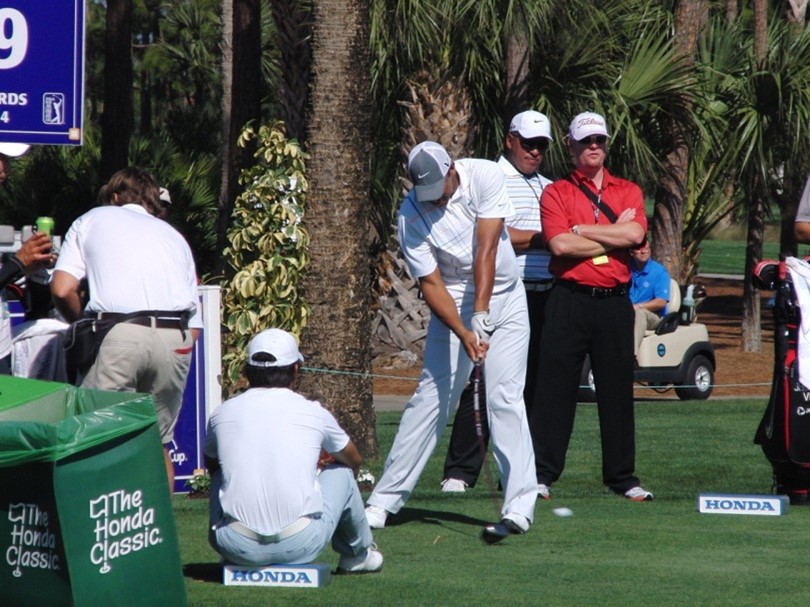Impact: Key Swing Positions

By Dr. T. J. Tomasi, Keiser University College of Golf Senior Faculty and Director of Research
Understanding key swing positions allows you to match your swing to a pro swing model to see how it stacks up through impact. As in all my examples, the model assumes a right-handed golfer who is hitting a predominately straight shot.
Swing Centers
There are two swing centers used for reference in the swing: the upper, about halfway down the center of the sternum, and the lower, in the middle of the pelvis, just behind the navel. The two swing centers are stacked at the top of the swing, one on top of the other. At impact, the lower swing center fired out from under the upper. Keeping the upper swing center on top of the ball while the lower moves out from under is called “covering the ball,” and it is a key concept every good player exhibits. If the upper swing center can stack with the lower through impact, the error is called a “slide,” an error that must be avoided. At impact, the shoulders are closed to the hips with the lead arm fully extended and the trail elbow slightly bent. The left wrist is aligned with the forearm and slightly bowed towards the target, while the right wrist is partially cupped. At impact, the lead hip is higher than the trail hip, and your pelvis faces just to the right of the target. For all full swings through impact, the spine undergoes a rebound effect away from the target as the pelvis releases its angle slightly right from the target. The firing of this pelvic pistol occurs when the tailbone moves up and under the spine.

From this view, you can see the weight distribution through impact, predominately on the left foot while the rear foot is on its inside rim, allowing the full release of his right thigh bone. Make sure to pose in this position and the others described above, using a mirror until you get it right.

PGA Tour player Johnny Vegas demonstrates perfect impact with his lead arm and shaft straight and the back of his lead hand pointing at the target. Basically, the hands “are” the clubface (see arrows). Note how his right elbow points at his right hip so that his clubface remains square to the target line. Some of the shaft bend is a camera artifact but not all of it. At these speeds, the shaft flexes toward the target due to energy transfer through impact. Note also that his pelvis has fired as it points slightly right (not at) the target. He has driven his lower right side across a resisting left-side wall, which gives him a powerful slinging release of the clubface.
Learn more!
If you want to take your game to the next level, contact our team at Keiser University’s College of Golf & Sport Management today. With our dedication and experience, together, we can elevate your game to new heights. Give us a call today at 888-355-4465.












